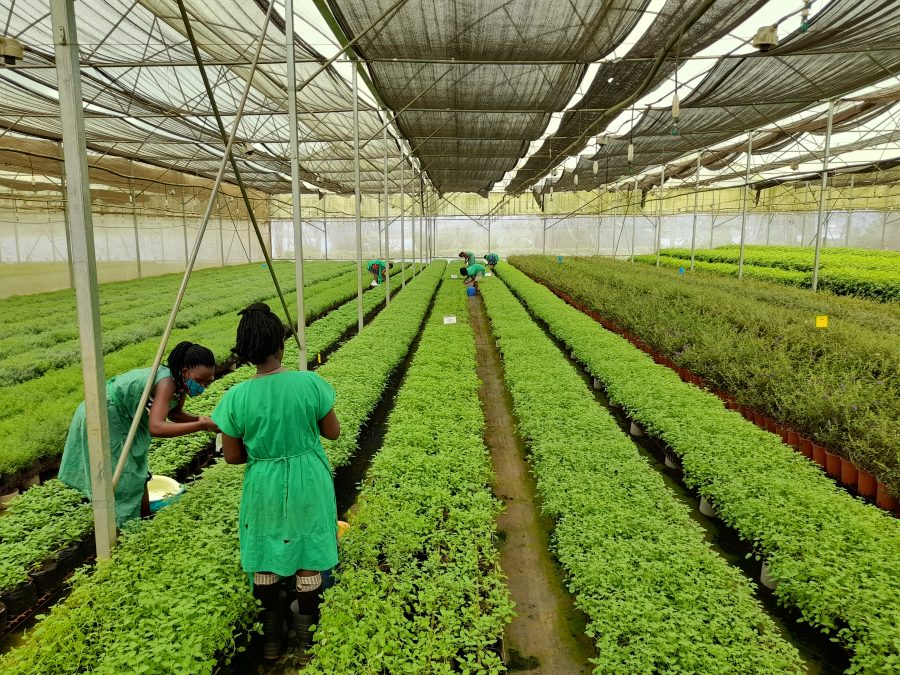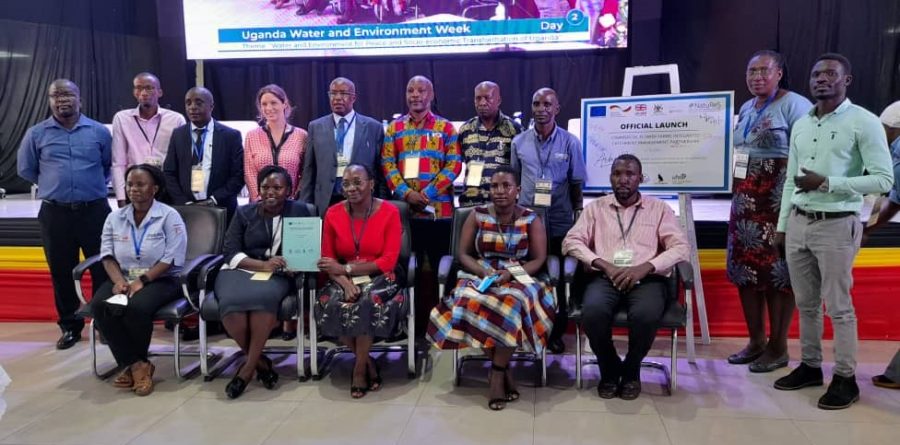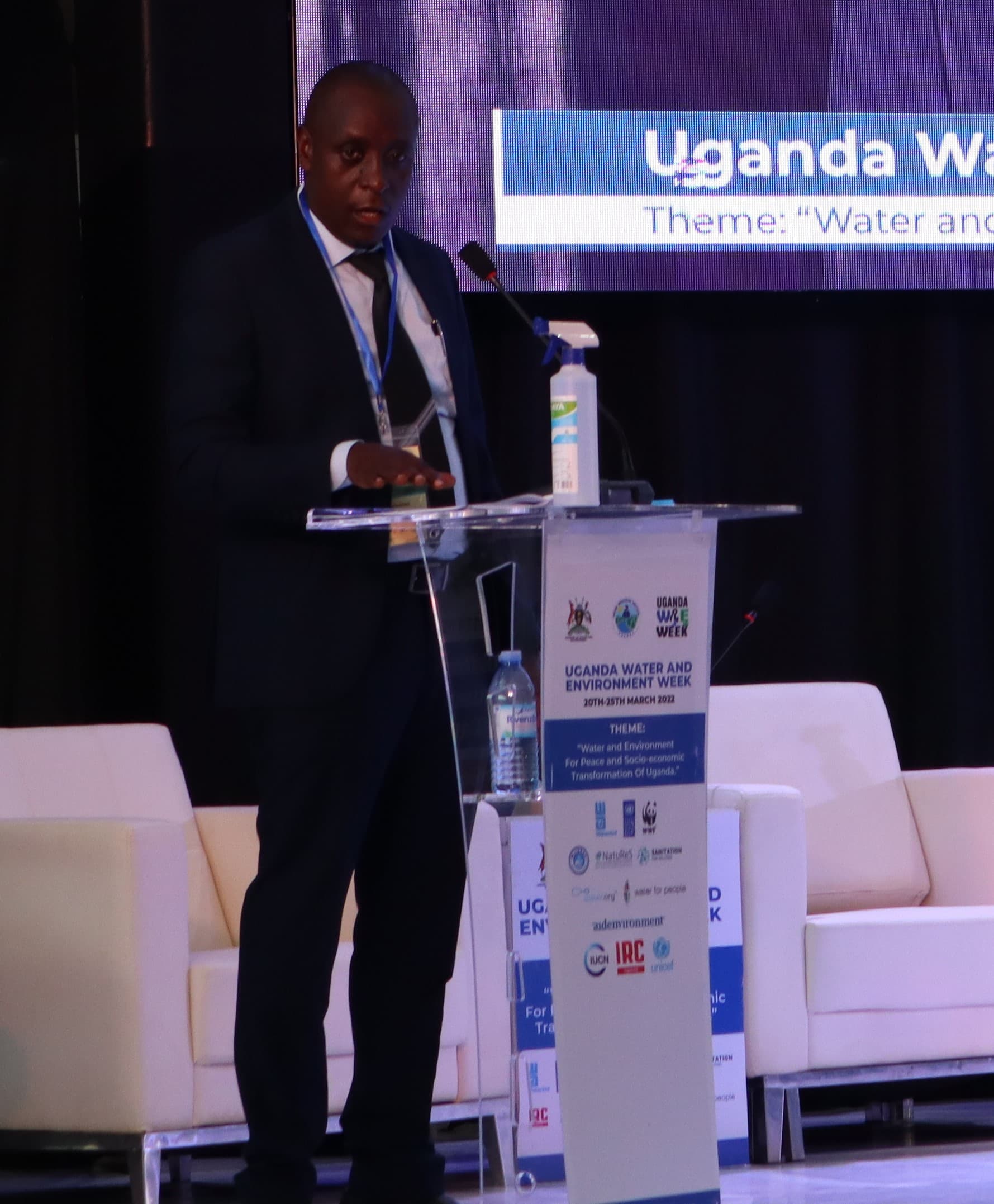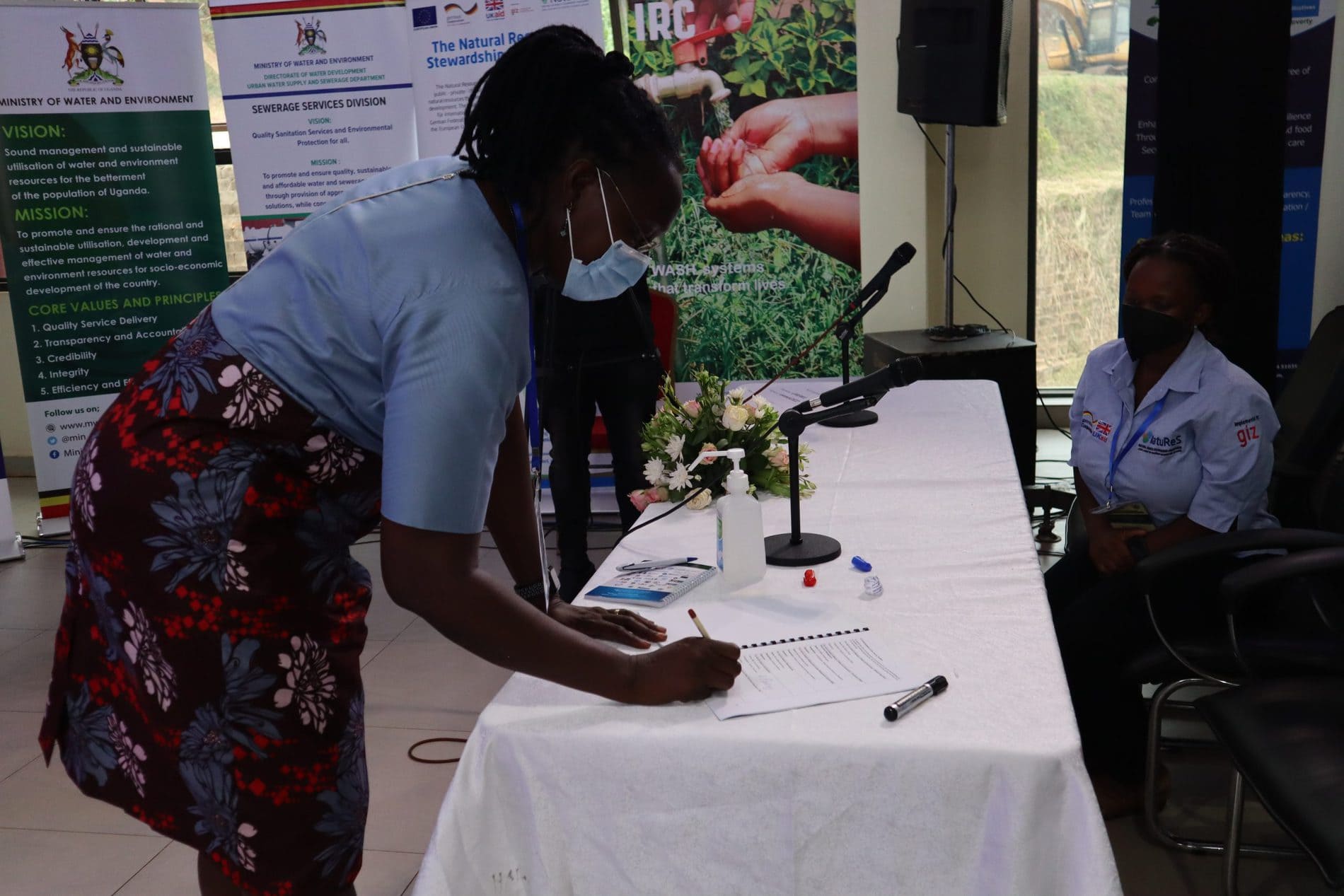Official launch of the Commercial Flower Farms Integrated Catchment Management Partnership
Wetlands in Uganda form a unique ecosystem which not only supports diverse animal and plant life, but also has the power to store and purify large quantities of water for domestic and commercial use. One water-intensive sector in the country is the floriculture sector – 13 out of 15 commercial flower farms in the country are located in the Greater Kampala Metropolitan Area (GKMA) around the Lake Victoria basin.

GIZ NatuReS has enabled the formation of a partnership comprised of the Ministry of Water and Environment (MWE), the National Environment Management Authority (NEMA), the civil society organisation Nature Uganda and the Uganda Flower Exporters Association (UFEA), coordinating the commercial flower Farms in Uganda. Together, the partners work towards strengthening collaboration and coordination between the commercial flower farms, the government institutions and non-state actors for a sustainable use and management of water and wetland resources in Greater Kampala.

Partnership Launch Event
On Monday, 21st of March, the Commercial Flower Farm Integrated Catchment Management Partnership was officially launched during Uganda Water and Environment Week. During the launch, the partners signed the Partnership Action Plan (PAP), one of the Natural Resources Risk and Action framework (NRAF) tools, as a commitment to support the implementation of jointly agreed activities.
Planned activities include i.a.:
- the development of a micro-catchment management plan, covering at least two commercial flower farms, and the implementation of selected measures;
- the development of a wetland management plan for the Semajimbi wetland, of which 97% is currently degraded due to human activity, and the implementation of selected measures;
- supporting commercial flower farms’ compliance to national water and environmental regulations alongside international standards;
- strengthening occupational safety, health and environmental management practices of the flower farms and surrounding communities to foster better working conditions and safeguard jobs;
- sensitization and engagement of commercial flower farms and neighbouring communities on responsible use of water and wetland resources.

Copyright: GIZ/Alisa Knoll
In his opening remarks, the partnership technical chair Mr. Bernard Arinaitwe (Principal Wetlands Officer at the Ministry of Water and Environment) acknowledged that the flower sector had been neglected for some time by authorities in water and environmental management, with most emphasis being put on industries. However, according to Mr. Arinaitwe the partnership is an eye-opener to trigger collaboration between the Ministry of Water and Environment and its line agencies with the commercial flower farms. He pledged the ministry’s support to the flower sector in its improved management of natural resources.


Ms. Esther Nekambi (Executive Director of UFEA, also hosting the partnership secretariate) noted positively that the government has finally recognized the flower sector and its important role in the management of Uganda’s natural resources. She highlighted that the partnership would help build stronger collaborations with government departments and agencies to achieve their common goal of protecting wetlands, water, and soil as a basis for livelihoods and continued economic development. Some commercial flower farms have already started realizing the positive impacts of the partnership.
Mr. Achilles Byaruhanga (Executive Director of Nature Uganda, the civil society actor in the partnership) alluded to the importance of partnerships in breaking silos in the sustainable use and management of natural resources.
With the partnership officially launched and the Partnership Action Plan signed by all partners, the partnership now moves into phase IV, called ACT phase, of the Natural Resources Risk and Action Framework. This phase focuses on implementation and monitoring of activities.